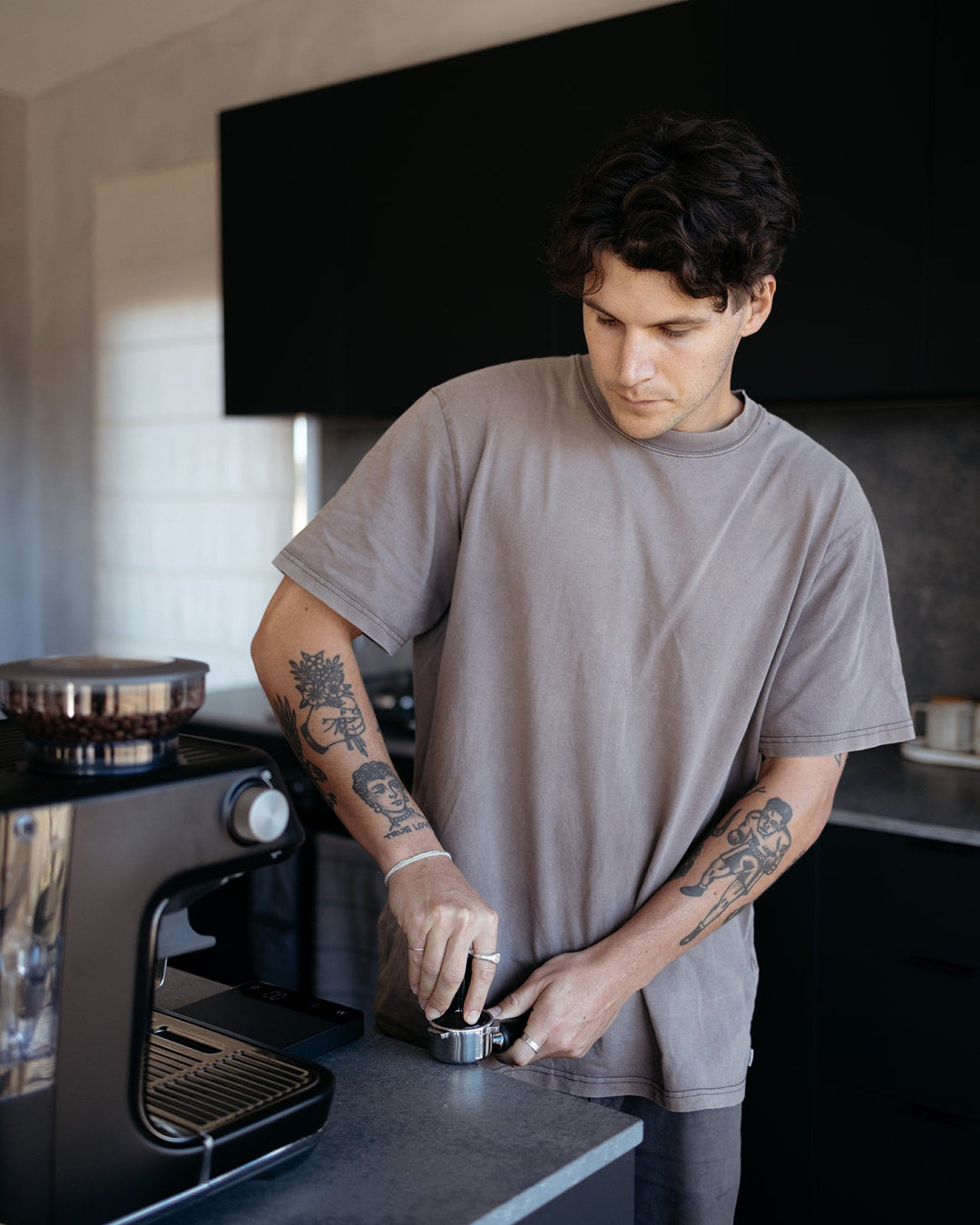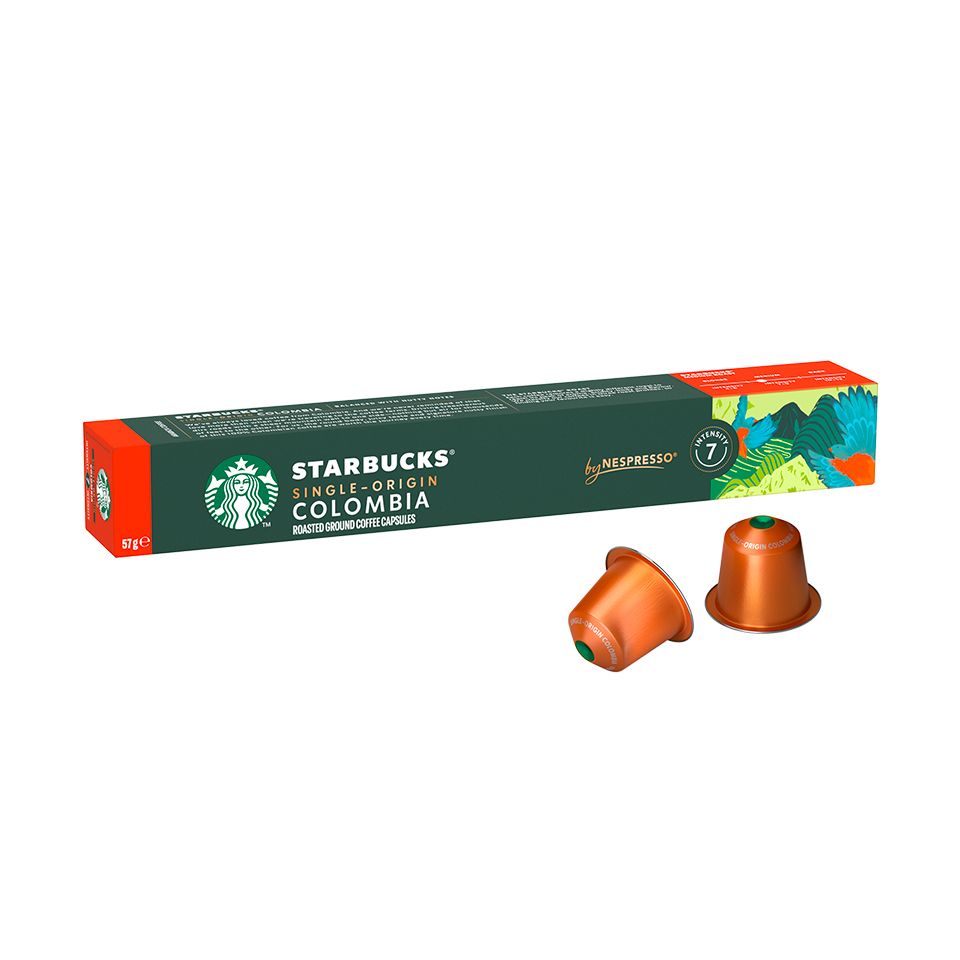Taste the True Quality with Just-Roasted SOE Single Origin Espresso
Taste the True Quality with Just-Roasted SOE Single Origin Espresso
Blog Article
Coffee Beans 101: Whatever You Need to Understand About Espresso and Blended Coffee Beans
When it concerns coffee, recognizing the nuances of espresso and blended beans can transform your everyday mug. You'll discover the unique attributes of Arabica and Robusta beans, and exactly how each influences flavor and high levels of caffeine web content. From the expanding procedure to toasting strategies, every step plays a role in your coffee experience. So, what makes the excellent brew? Let's explore the necessary aspects that add to an exceptional cup of coffee.
Comprehending Coffee Beans: Kinds and Ranges
When diving right into the globe of coffee, recognizing the kinds and selections of coffee beans is important for every lover. You'll largely encounter 2 main species: Arabica and Robusta. Arabica beans are recognized for their smooth, complicated flavors and reduced caffeine content, making them a favorite among coffee connoisseurs. On the various other hand, Robusta beans load a punch with a more powerful, extra bitter preference and higher high levels of caffeine degrees, frequently used in coffee blends.
Ethiopian Yirgacheffe uses bright flower notes, while Colombian beans give a well-balanced taste account. By familiarizing yourself with these beans and their flavors, you'll raise your coffee experience and make more enlightened selections in your developing trip.
The Expanding Refine: From Seed to Bean
When you check out the trip of coffee, all of it starts with seed selection strategies that set the structure for top quality. From there, growing and harvesting play important duties in guaranteeing the beans prosper. Handling techniques transform those collected cherries right into the coffee beans you love.
Seed Selection Techniques
Picking the right seeds is crucial for producing top quality coffee beans, as it lays the structure for the whole expanding process. You need to begin by selecting seeds from trusted resources that focus on top quality and hereditary variety. Try to find selections understood to prosper in your certain environment and dirt conditions. Take note of the seed's age and storage space problems, as fresh seeds often tend to sprout far better. When possible, go with natural seeds to minimize exposure to harmful chemicals. Take into consideration the illness resistance of various selections, as this can greatly impact your yield. Lastly, do not wait to seek advice from regional farmers or specialists to get insights into the finest seed options for your area. This understanding will enhance your coffee-growing experience.
Cultivation and Harvesting
As you nurture your coffee seeds right into flourishing plants, understanding the farming and harvesting process is essential for accomplishing the very best taste and high quality. Beginning by planting your seeds in well-draining dirt, preferably in a shaded area to protect them from direct sunshine. As your plants expand, maintain regular moisture, and bear in mind their requirement for nutrients. Prune routinely to promote air movement and healthy and balanced development.
Hand-picking is typically the ideal technique to ensure only the ripest cherries are chosen. Timing is necessary; collecting also late or too very early can influence the taste profile of your beans.

Processing Techniques Explained
As soon as you've gathered your coffee cherries, the following crucial action is processing them to change those vibrant fruits into the beans you'll make. There are two main techniques: the dry process and the damp process. In the completely dry process, you spread the cherries out in the sunlight to dry, permitting the fruit to ferment and impart special flavors to the beans. On the various other hand, the damp procedure involves removing the fruit instantly and fermenting the beans in water, leading to a cleaner preference. After handling, the beans are hulled, arranged, and typically dried once again. Each technique influences the flavor account, so explore both can aid you discover your favored mixture. Comprehending these techniques is crucial to appreciating your coffee experience.
Roasting Methods: Exactly How Flavor Is Established
When it concerns toasting coffee beans, comprehending roast degrees is vital to revealing their special tastes. Each roasting method influences the aroma and enhances the taste development procedure, providing you a richer coffee experience. Let's discover exactly how these variables integrated to raise your day-to-day mixture.
Roast Levels Clarified
Roast levels play a necessary role in shaping the taste profile of your coffee. By comprehending these levels, you can much better choose a coffee that matches your taste choices. Experiment with different roasts to find which one reverberates with you, improving your general coffee experience and enjoyment.
Effect On Aroma
The roast degree not just affects the taste of your coffee however also significantly influences its aroma. Each toasting strategy releases various volatile substances, shaping how your coffee scents. Furthermore, the quality of the beans plays a crucial duty; newly baked coffee launches extra fragrant oils, improving that tempting fragrance.
Taste Growth Process
As you explore the taste advancement procedure, you'll uncover that toasting strategies play a crucial role fit the taste account of your coffee. The roasting temperature and time directly influence the acidity, sweetness, and bitterness of the beans. Light roasts retain more of the bean's initial tastes, highlighting floral and fruity notes. Tool roasts balance acidity and body, offering an all-around flavor. Dark roasts, on the other hand, highlight strong, smoky qualities while decreasing the bean's intrinsic qualities. Throughout toasting, chemical reactions, like the Maillard response and caramelization, change the beans and enhance their intricacy. Exploring with various roasting degrees can assist you find your best mixture, so do not be reluctant to taste and find the rich spectrum of flavors!
Espresso vs. Blended Coffee: Key Distinctions
Espresso and mixed coffee each deal one-of-a-kind experiences that deal with various tastes and choices. Coffee is a focused coffee brewed by requiring warm water via finely-ground coffee beans, leading to an abundant, bold taste and a luscious layer of crema on top. It's often taken pleasure in as a shot or utilized as a base for beverages like cappuccinos and cappucinos.
On the other hand, blended coffee incorporates numerous beans from different areas, developing a more balanced flavor profile. You'll often locate blends that highlight body, sweetness, or level of acidity, making them functional for various developing methods. While espresso focuses on intensity, mixed coffee may offer a broader variety of flavors that can alter with each sip.
Inevitably, your option between coffee and combined coffee boils down to your personal preference. Whether you yearn for a quick shock or a leisurely mug, both alternatives have something delicious to offer.

Developing Methods: Opening the Perfect Mug
When it involves developing coffee, locating the right technique can transform your experience and boost your mug. Each developing method has its distinct appeal and can greatly influence your coffee's taste and aroma. For instance, utilizing a French press allows you to enjoy a robust and abundant brew, while a pour-over technique provides a tidy, brilliant cup with unique flavors.
If you favor coffee, investing in a top quality device can assist you master the art of drawing shots. For convenience, a single-serve capsule system uses rate without sacrificing taste.
Do not forget regarding cold mixture, which supplies a smooth, less acidic coffee ideal for warm days. Experiment with different techniques to discover what reverberates with your taste buds. Each developing technique opens a brand-new world of opportunities, so take the time to check out and discover your best cup. Delighted developing!
Sampling Notes: Identifying Flavor Profiles
Just how can you truly value your coffee if you do not recognize what flavors to seek? Sampling notes are your guide to comprehending the complicated world of coffee. Pay interest to the preliminary flavors that hit your taste when you drink. You could find fruity notes, like berry or citrus, or probably a nutty undertone. As you remain to taste, discover how the flavors advance-- this is called the "finish." Some coffees could leave a chocolatey or sugar aftertaste, while others may have a brilliant, clean coating.
Take into consideration the body of the coffee, as well; is it airy and light or thick and syrupy? Don't fail to remember level of acidity; an intense level of acidity can add life, while a low acidity could provide a smoother experience. By determining these flavor accounts, you'll grow your connection with each mug, making coffee tasting a fascinating trip of exploration.

Tips for Choose and Keeping Coffee Beans
Selecting and keeping coffee beans properly can greatly enhance your brewing experience. Beginning by selecting top quality beans that fit your preference - SOE.
As soon as you have your beans, store them in an impermeable container to stop exposure to air, wetness, and light. A dark, awesome place works best, so avoid maintaining them in the refrigerator or fridge freezer, as this can present wetness. Only grind the amount you require to keep quality; entire beans keep flavor longer than pre-ground coffee.
Lastly, try to use your beans within two to four weeks after opening for peak taste. Adhering to these pointers will ensure your coffee remains delicious and pleasurable, boosting your day-to-day brew to brand-new elevations.
Frequently Asked Questions
For How Long Do Coffee Beans Stay Fresh After Toasting?
Coffee beans remain fresh for concerning 2 weeks after toasting - SOE. You ought to store them in an impermeable container, away from light and wetness. Afterwards, their taste and scent begin to lessen substantially

Can I Mix Different Coffee Bean Varieties?
Definitely, you can blend various coffee bean ranges! Trying out blends can boost tastes and create an one-of-a-kind preference account. Just SOE see to it to stabilize the strengths and qualities of each selection for the very best results.
What Is the Perfect Work Size for Coffee?
For coffee, you'll want a fine grind dimension, concerning the structure of common salt. This allows optimal removal, resulting in a rich, delicious shot. Experiment a little bit to discover what matches your preference best!
Exactly How Does Elevation Affect Coffee Bean Flavor?
Altitude influences coffee bean taste by affecting the growth price and chemical structure. Higher elevations bring about slower growth, which enhances level of acidity and intricacy, providing your coffee a distinct and vibrant taste you will not fail to remember.
Are There Decaffeinated Variations of Espresso Beans?
Yes, there are decaffeinated versions of coffee beans. You can appreciate an abundant espresso taste without the caffeine kick. Simply look for "decaf" blends at your neighborhood coffee store or specialized store.
Coffee Beans 101: Every Little Thing You Required to Know About Espresso and Blended Coffee Beans.
When diving right into the world of coffee, understanding the kinds and varieties of coffee beans is important for every lover.When it comes to roasting coffee beans, comprehending roast degrees is vital to revealing their special tastes. Coffee is a focused coffee brewed by requiring hot water via finely-ground coffee beans, resulting in an abundant, bold flavor and a velvety layer of crema on top.On the various other hand, blended coffee integrates various beans from various areas, producing an extra well balanced taste account.
Report this page